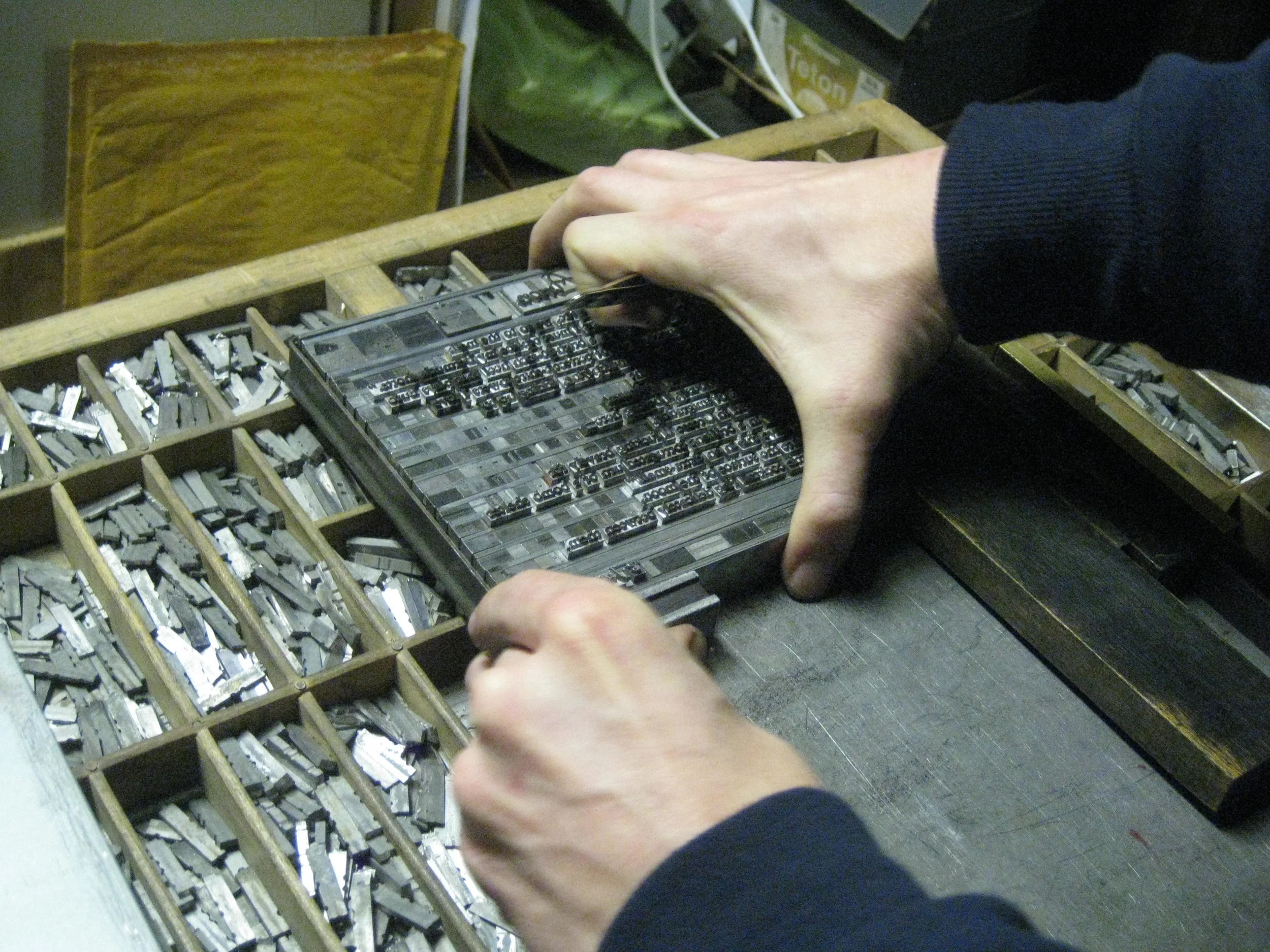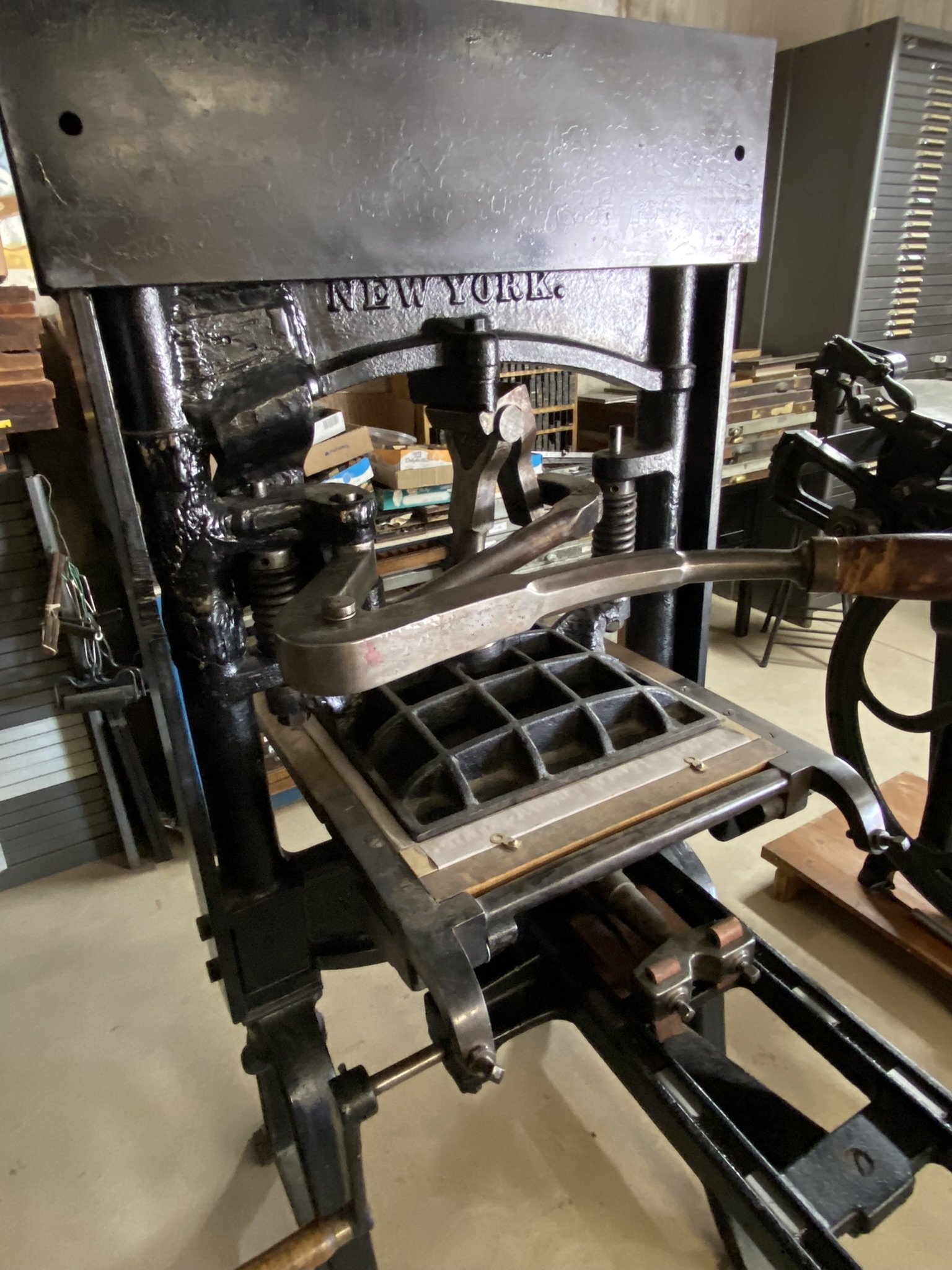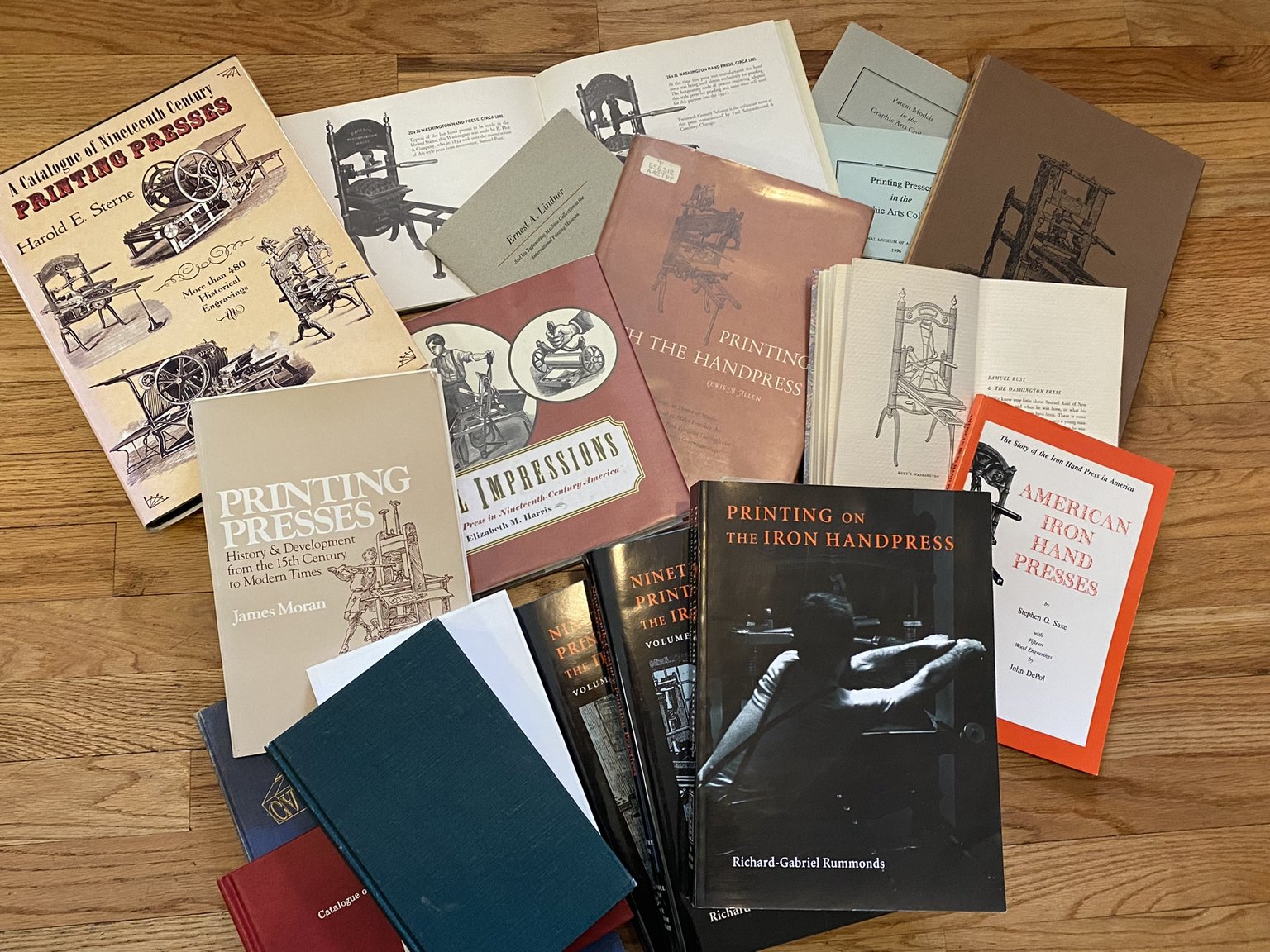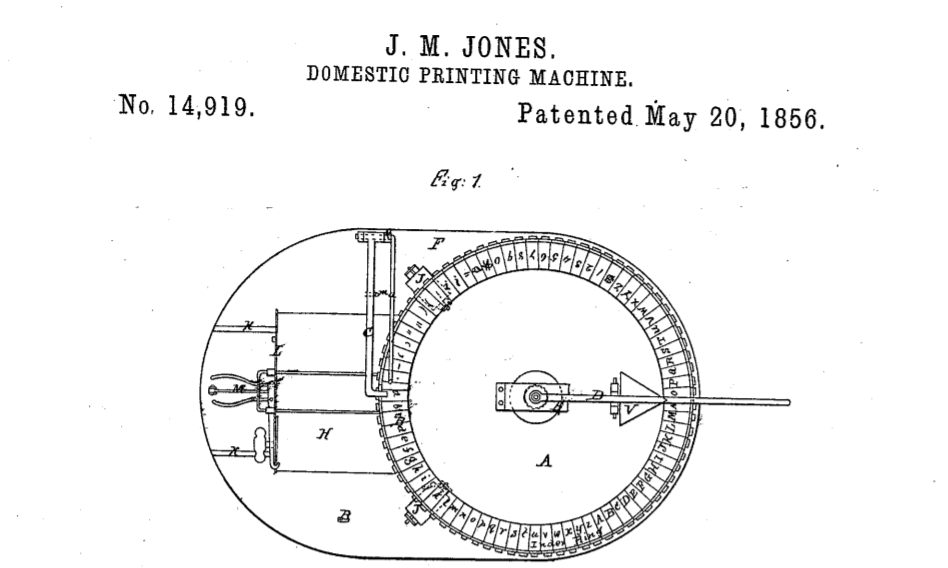John Major Jenkins
When John Major Jenkins passed away in 2017, he left the Depot his Campbell Century Pony press, which he spent a year industriously and lovingly restoring after he got it in 2011. In its heyday, it had seen action in Leadville and Arvada - as late as the 1970-80’s, it was printing posters for Lakeview Amusement Park. John said at the time it was the only operational press of this model that he knew of in the U.S.
How the Campbell looked when John found it
Before he passed away, John wrote blogs about the Campbell. His research showed that “the Campbell Printing & Manufacturing Company produced presses as far back as the 1880s. Its “Century Pony” press came in three sizes. The one I found is the smallest, with a printing area of 22” x 34”. Advertised as a “book press” capable of consistent registration over long runs, it could also be used to print the standard newspaper sheet. “
He also discovered that the Campbell Printing Press and Manufacturing Company originally built its own presses in Brooklyn but in 1879 the patent owners contracted with Mason Machine Works in Taunton, Massachusetts, to build the presses. It was a windfall for that company, and they expanded their operations. By 1893 some 950 people were employed.
Despite the press saying New York, John believes it was made in Taunton because of when it was manufactured
The press now is at home in the Depot, waiting for new hands to put it to use. It is part of our Adopt-a-Press project. If you’re interested in helping repair or using this or any other press, email englewooddepot@gmail.com.
Campbell Pony, now stabled at the Depot



























